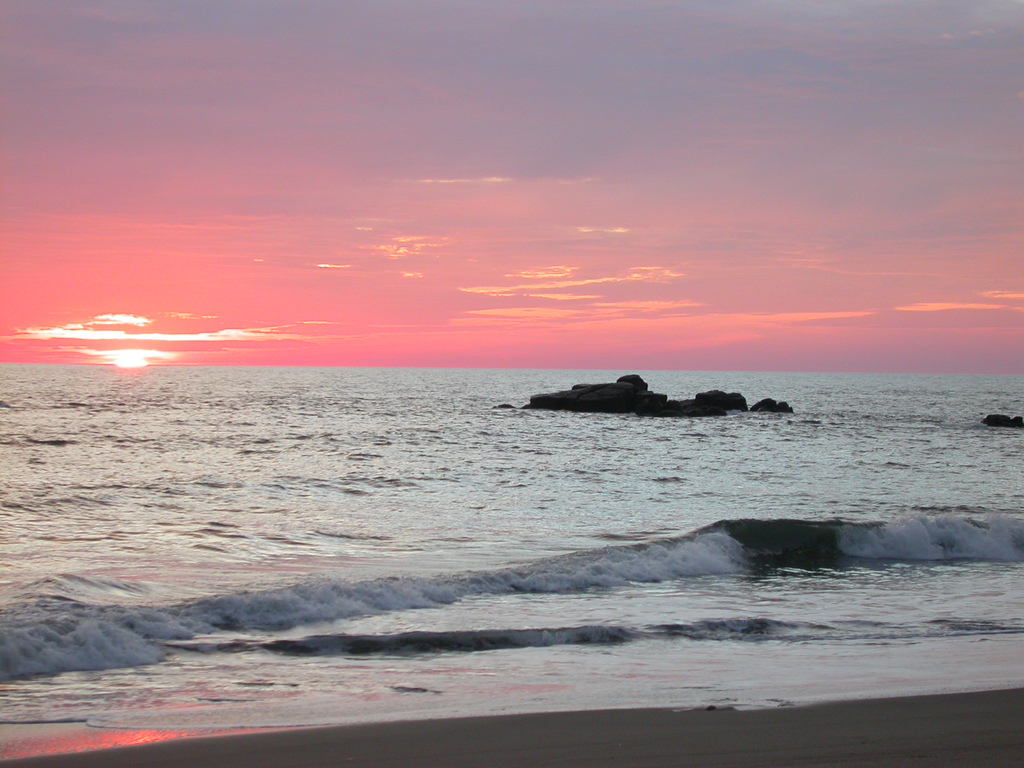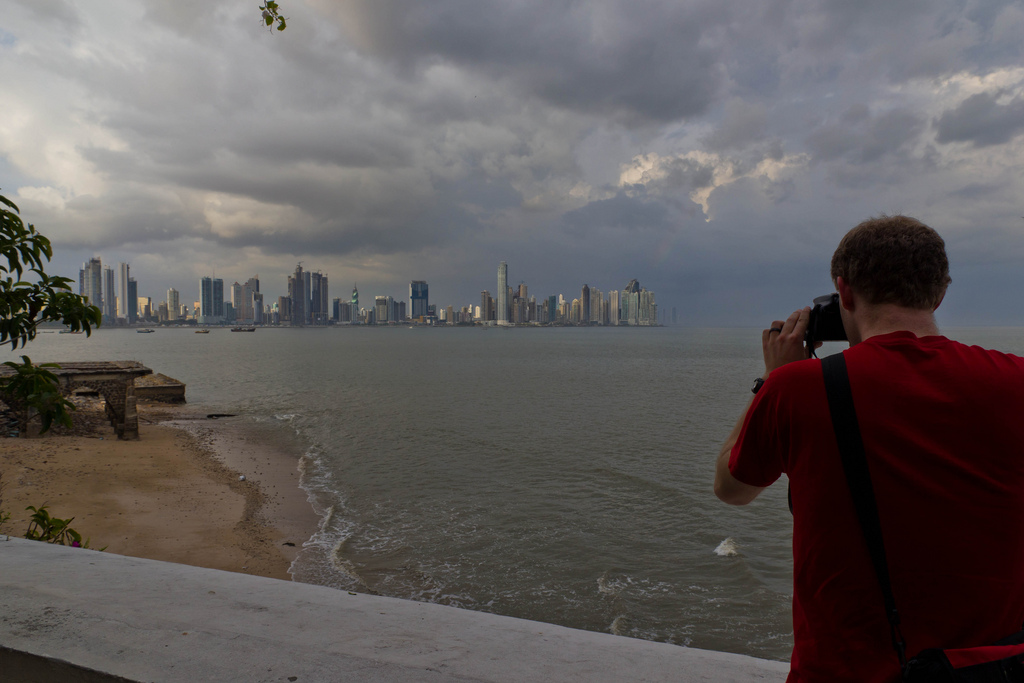By now, you probably know all about the ancient ruins tucked away in the jungles of Central America. Fortunately there's been a lot of development since then, and these Central American cities will also take you back to a different time. For some of these cities, what's inside the city is what's most interesting. For others, it's a combination of what's in the city and what's nearby. Here's a taste.
Antigua, Guatemala

Flickr:
Stacy/ramblingtravelerSee that thing in the distance looming over this picturesque city? That's a volcano. There's actually another one not too far out of frame. Lying in the valley of two volcanoes, the dramatic setting suits the long, rich history of Antigua. Founded in the 16th century, it was once a capital for the wealthy Spanish empire. That is until an earthquake hit in 1773 and destroyed most of the city. The Spanish moved the capital to Guatemala City, but what was left of the beautiful buildings stayed behind, where you can still see them today. Most of the colonial architecture is located in an easily walkable square kilometer of the city. With ruins and architecture from another era everywhere you look, Antigua is rightfully a UNESCO Heritage Site.
Fuente de Pescado - Built in 18th century, restored in 1944
Flickr:
Adam BakerSan Augustin Church
Flickr:
Mario PleitezErmita de la Santa Cruz
Flickr:
Mario PleitezAntigua street
Flickr:
Christopher CrouzetRuins of Santiago Cathedral
Flickr:
Adam Jones Granada, Nicaragua

Flickr:
NickelStarAnother charming city sitting near a volcano, Granada is the oldest colonial city in Nicaragua and has the architecture to prove it. The streets are small and clustered, with bright pastel colors reminding you this is still Central America, not Spain. There are six churches to see, all of varying ages and conditions, and one fort from the 18
th century that is open to the public. Of course, you can also head out of the town and climb the volcano, get a tour of a coffee plantation, or go zip lining. Also, Nicaragua is well-known for being very pro-rocking chair, and it’s said that Granada has the best rocking chairs in the land. Just so you know.
Street in Granada
Flickr:
Alex BarthGuadalupe Church
Flickr:
Susanna SotoAbandoned Farm
Flickr:
Carlos Adampol GalindoSt. Francis of Assisi Church
Flickr:
Adam BakerOld Market Hall
Flickr:
Céline ColinLeon, Nicaragua

Flickr:
HaydenWhile second in Nicaragua to Granada's colonial restoration, tourist traffic and rocking chairs, Leon houses the biggest cathedral in Central America and its aged beauty dominates the scenery. Leon has a great art museum featuring both Latin American and European art, and another 12 churches worth checking out too. Besides that, you can use as a base to get out to Nicaraguan countryside. Is there a volcano nearby? Of course there is!
Volcano boarding is a very popular option. There’s also the coast of the Pacific and its beaches located only a 30 minute drive away.
Cathedral
Flickr:
Zenia NuñezRoof of Cathedral
Flickr:
Jessica DallySan Juan Bautista de Sabtaiva
Flickr:
Stefan KrasowskiAlley
Flickr:
James BulleyPoneloya, near Leon
Flickr:
ChiaraVolcano Boarding near Leon
Flickr:
Sparkle MotionCasco Viejo, Panama

Flickr:
Carlos Adampol GalindoCasco Viejo is technically part of Panama City, but when you're there it’s like you’ve stepped into an entirely different time and place. As the rest of the Panama City flourished with the building of the Panama Canal, Casco Viejo is the part that largely stayed the same. A major cultural center of Panama, the restored colonial buildings and streets often play host to fashion shows, operas, and the national theatre. Of course there are lots of dining, shopping, and sleeping options as well. It also has great views of the Panama City skyline, just in case you begin to feel like you’re trapped in a good old-fashioned 19
th century malaria fueled nightmare.
Cathedral and Plaza
Flickr:
Luis Eduardo GuillenSquare
Flickr:
Felipe ValdugaStreet at night
Flickr:
Felipe ValdugaChurch in Casco Viejo
Flickr:
Marissa StrnistePanama City Skyline 
Flickr:
Sarah and Jason Source for title photo: Flickr/
Christopher William Adach


























